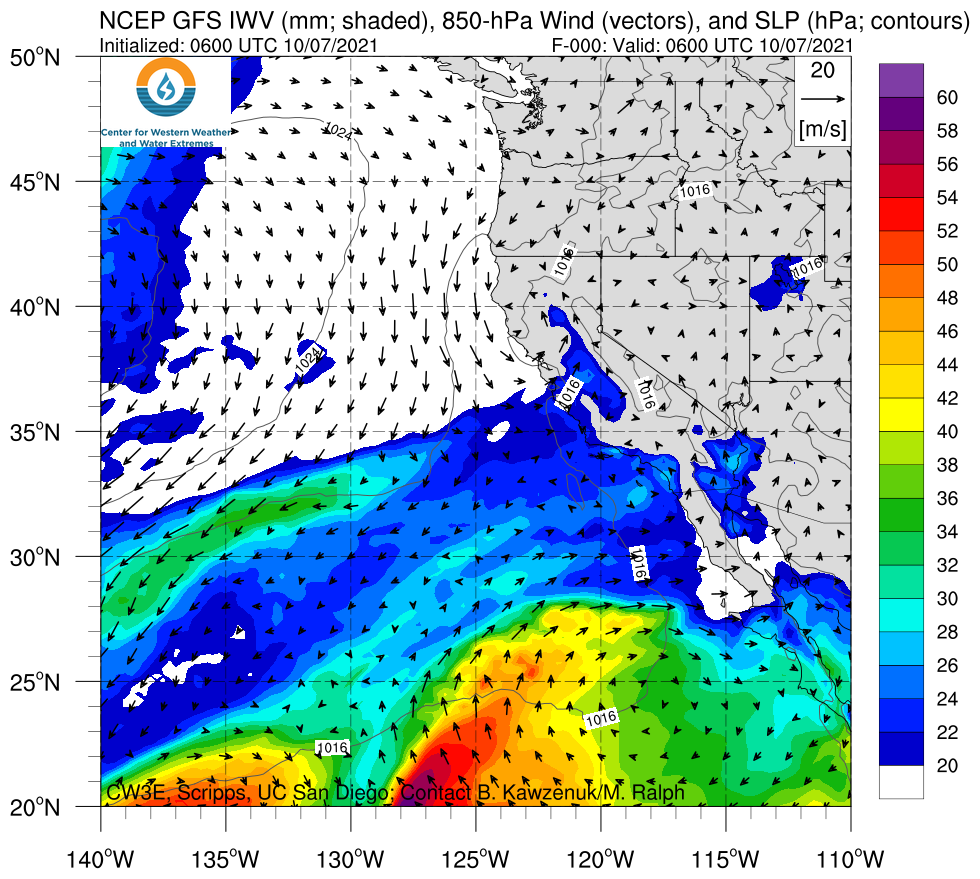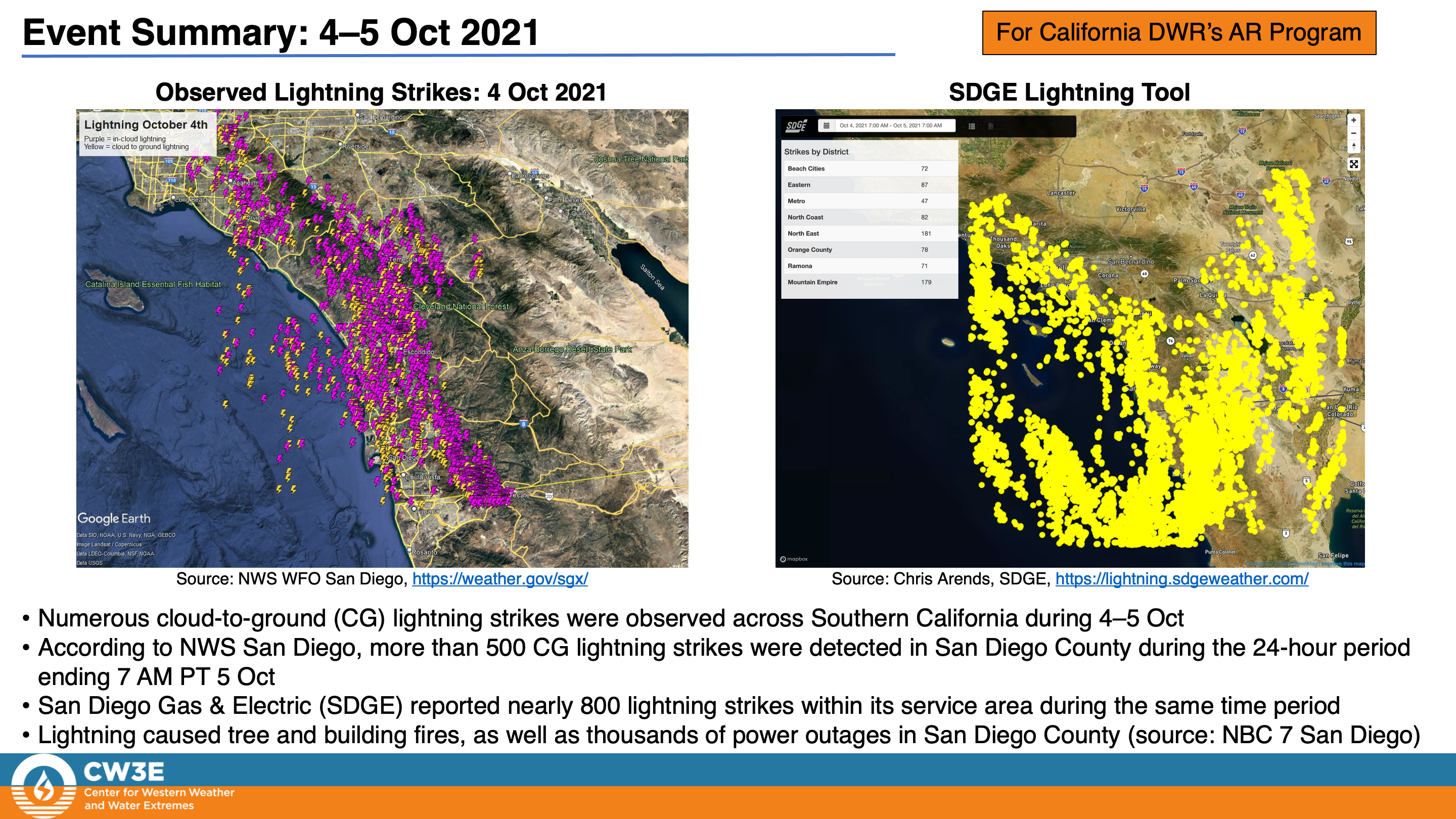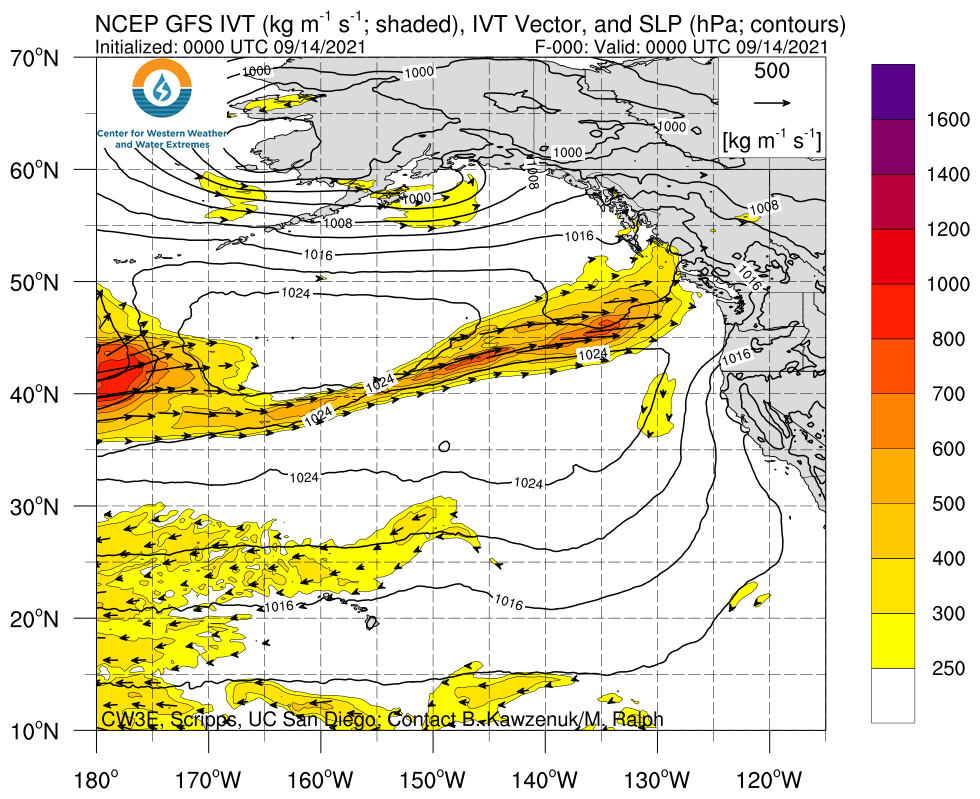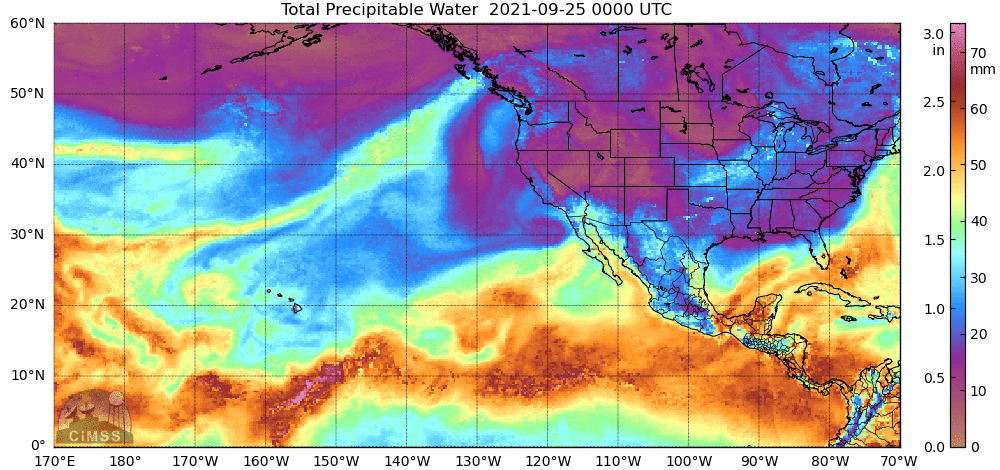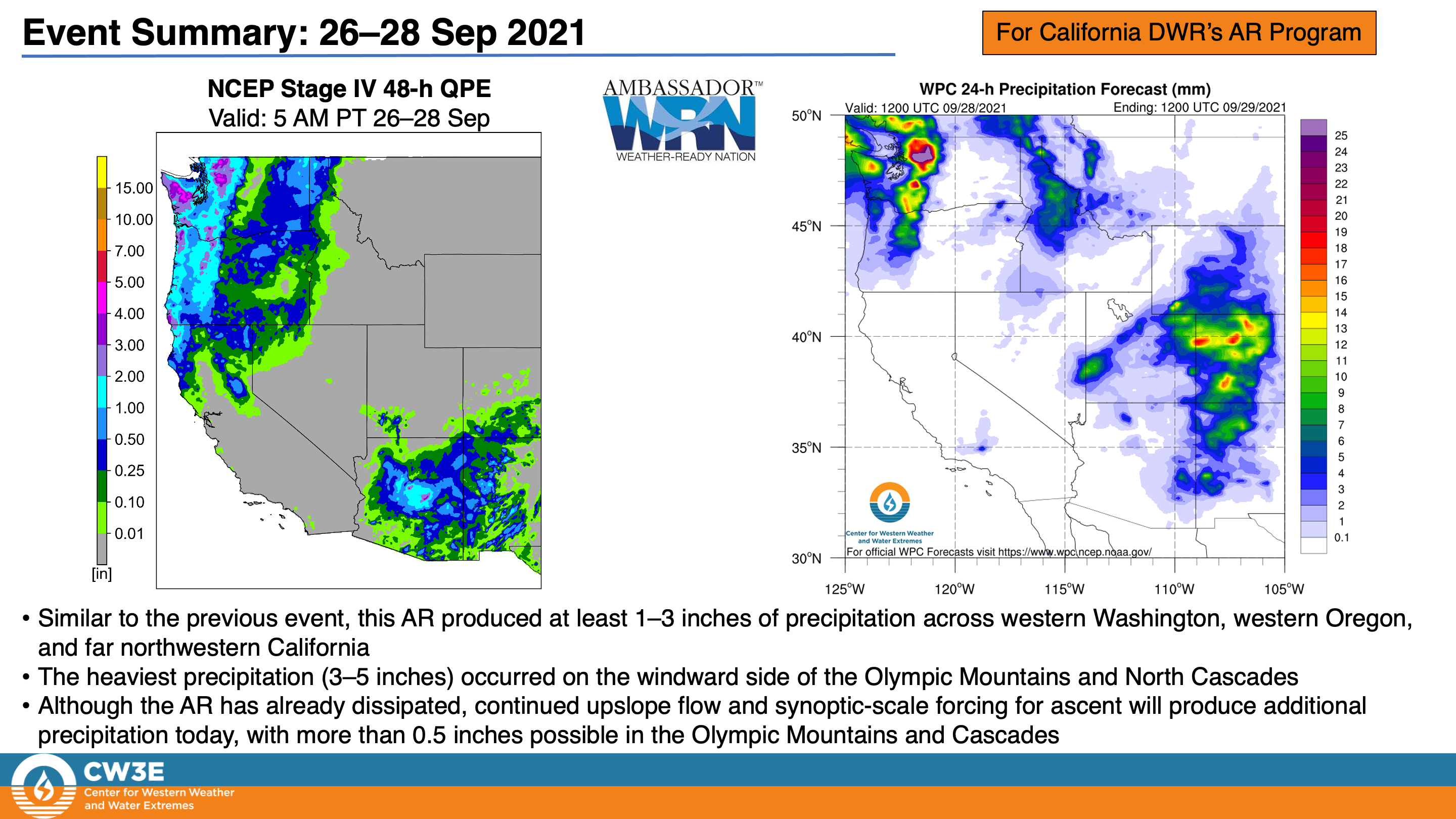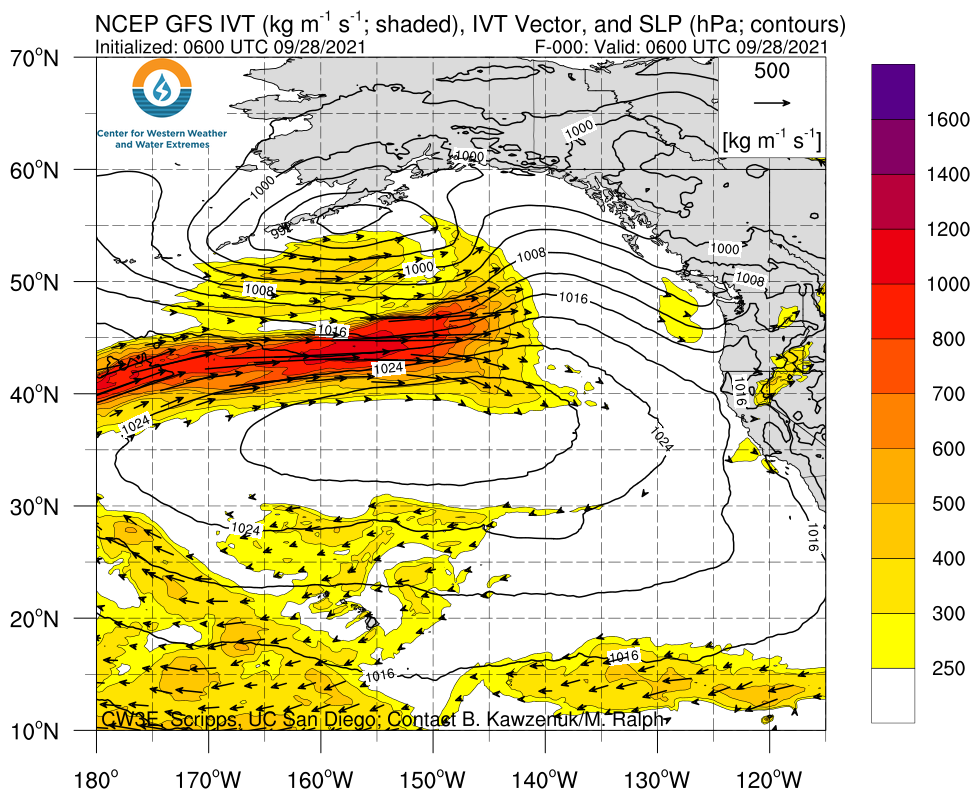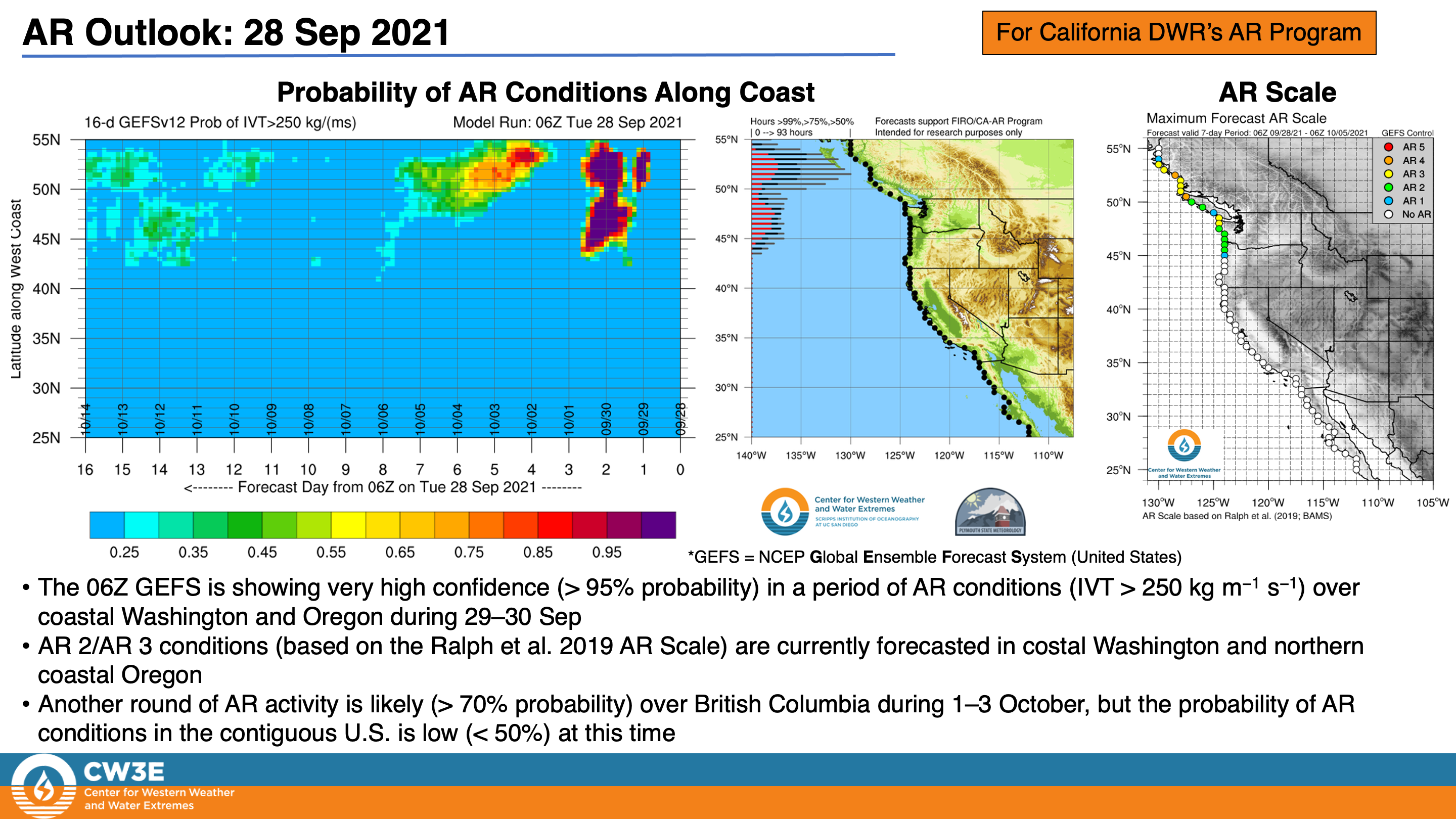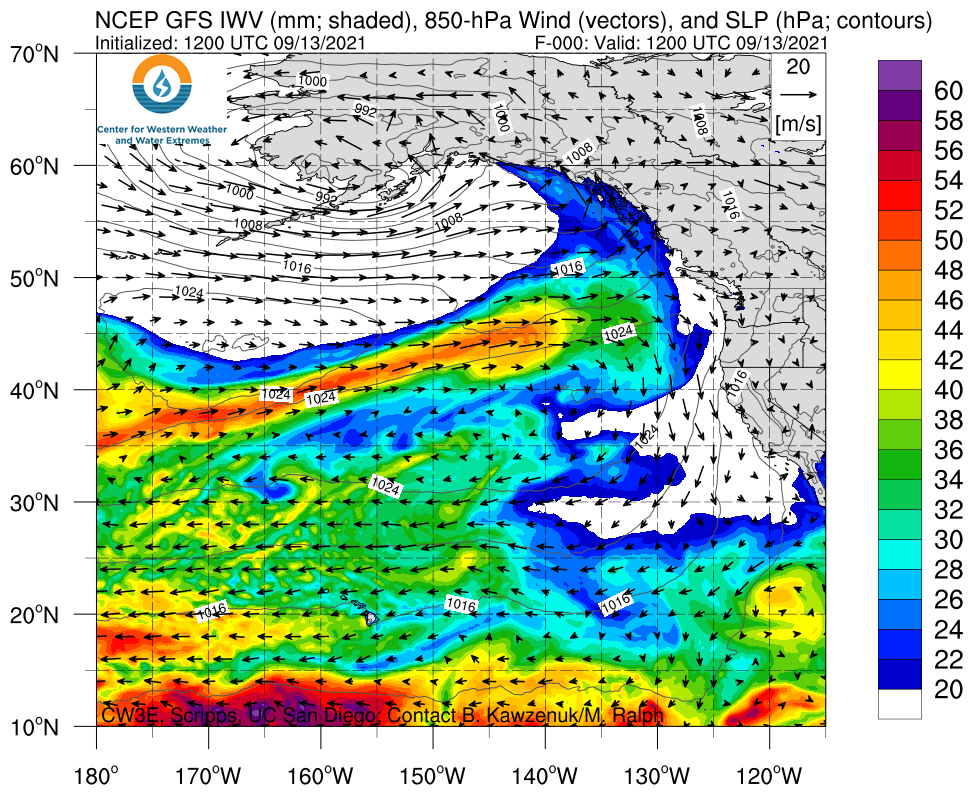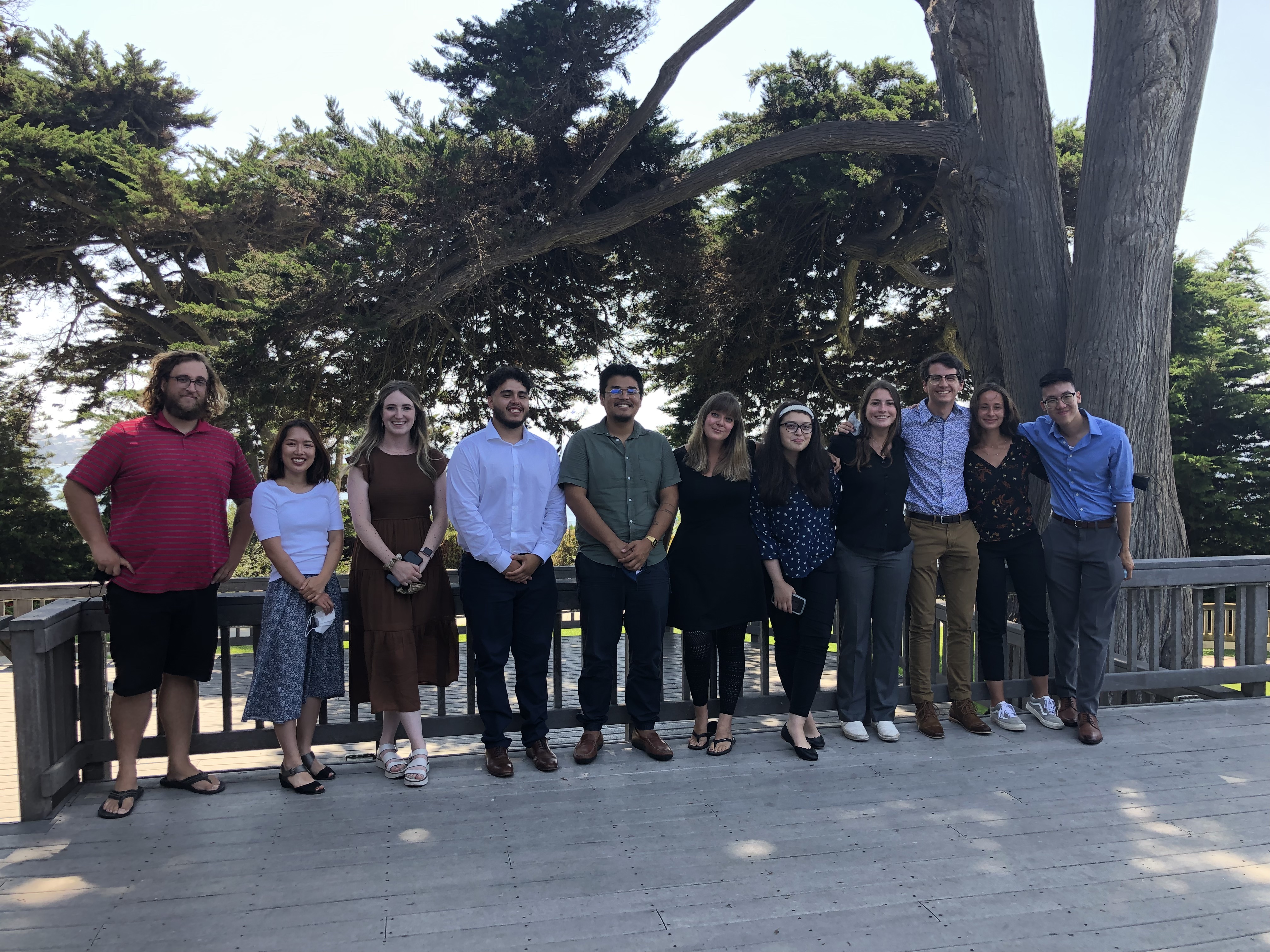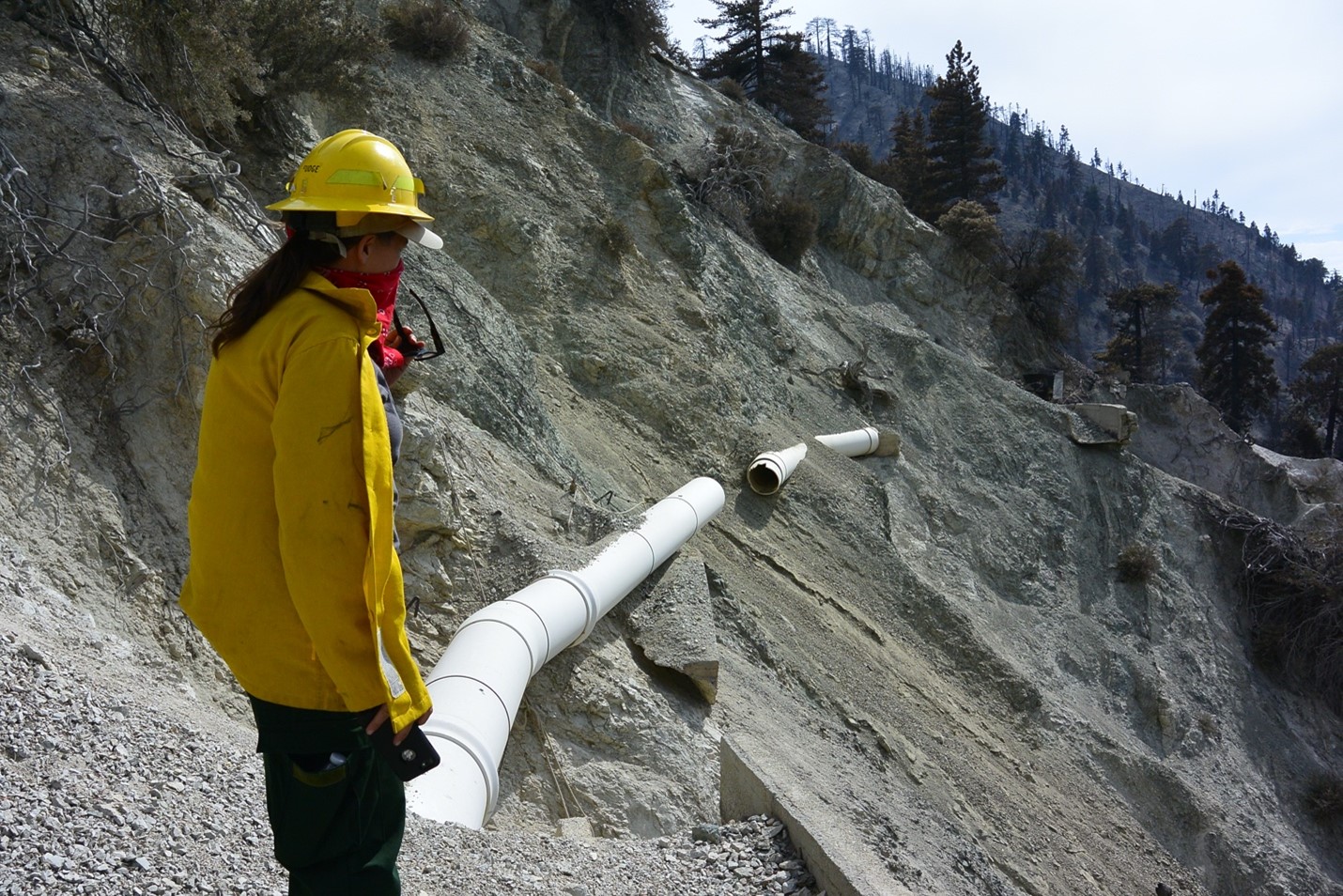CW3E Hosts 2021 Summer Intern Program
September 3, 2021
The CW3E summer internship program, coordinated by Cody Poulsen with support from Will Chapman and Mike Sierks, concluded on August 20th, 2021. Over a two-month span, interns studied a myriad of topics under the tutelage of their mentors; these focuses were wide ranging, from creating an interactive dashboard to using Python for AR Recon data impact analysis.
Opportunities for interns to obtain first-hand experience with meteorological instrumentation and processes were also available by partaking in radiosonde launches on Scripps Pier and engaging fieldwork. Lastly, weekly workshops, as well as invitations for students to attend regular CW3E meetings via Zoom, provided a deeper glimpse into the different facets of life as a researcher. Through said research and activities, interns were able to expand and strengthen their knowledge of ARs, coding, scientific processes, instrumentation, and hydrometeorology, as a whole.
The internship program culminated in research presentations on August 13th. Interns were each given fifteen-minutes to present their research from the past two months and subsequently answers questions; they were then able to utilize the final week of the program to polish said research and present it in a two-page summary. The list of interns, and their summaries, can be found here.
For those in-person, a beach adjacent event wrapped up the summer internship program and provided an opportunity for conversation with individuals outside of their normal day-to-day. In all, the 2021 CW3E summer internship program was a successful return to predominantly in-person learning for both interns and mentors alike.
From left: Cody Poulsen (CW3E), Ryoko Araki (SDSU), Lauren Bolotin, Adolfo Lopez-Miranda, Gilberto Estrada Camacho, Hillary Beckmeyer, Diana Montoya-Herrera, Janelle Wargo, Levi Newell, Sierra Dabby, and Martin Liu.


